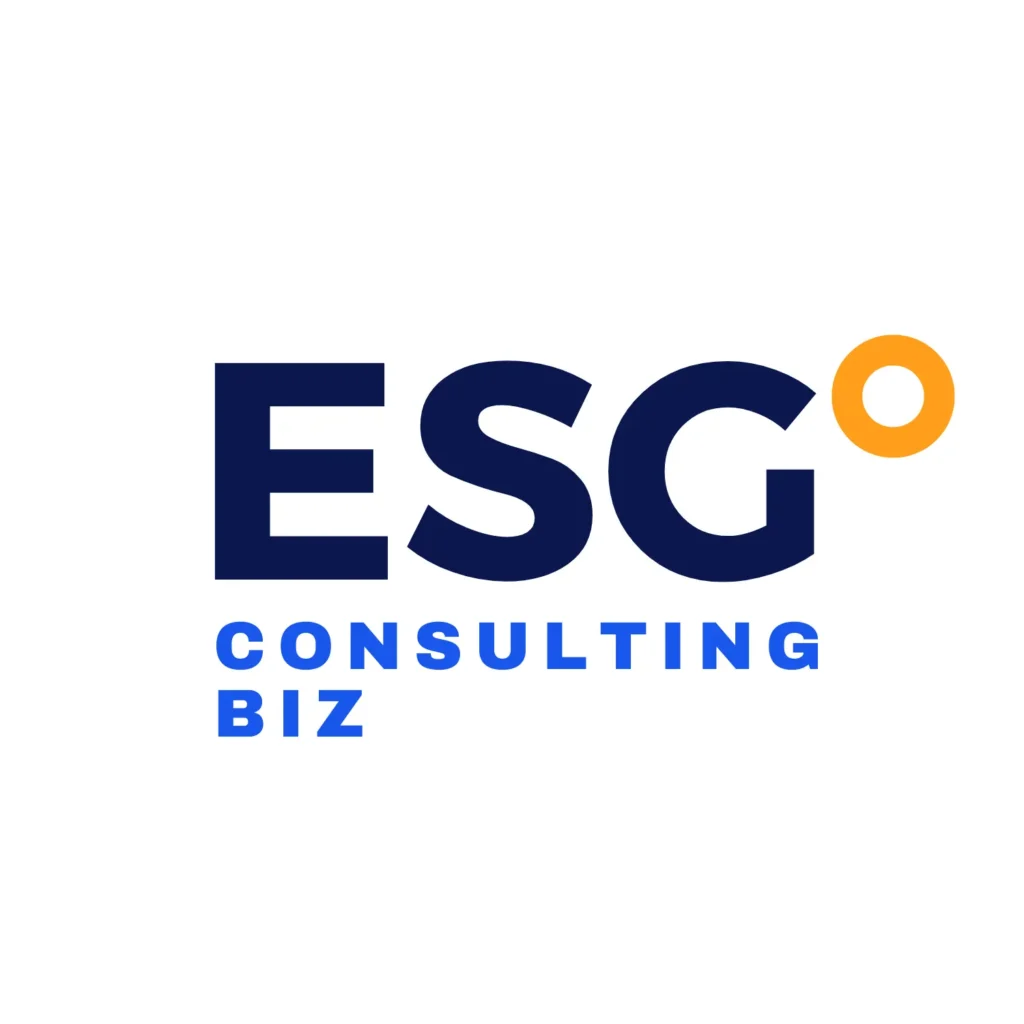One of my all-time favorite clients hired me to create a 100-year sustainability roadmap for their hospitality company plus four related lines of business.
They wanted to know two things:
The trends over the next century that posed the biggest business risks and opportunities, and how to leverage their current ESG efforts (which were significant) into new business growth opportunities.
Forecasting the trends allowed me to work for the first time with a futurist, which was enlightening, but it was the exercise of mapping ESG investments to business growth opportunities that I lapped up.
I came away from that 36-month engagement with the nickname – ‘Laser Burns’ for what my client saw as an ability to cut through the fluff and get to the business case.
Here’s what I learned:
Think holistically about how to make micro connections.
In this particular case, thinking holistically meant understanding how the business was structured, its risks and opportunities – and what was really driving the desire to think long-term about ESG.
I analyzed the client’s long term business strategy and learned there was a five-year goal to launch a new business unit.
That became a pathway to make the case for even more substantial ESG investments because they saw how doing so would, in addition to other benefits, contribute to the success of the new venture.
Ask the boots on the ground.
I was fortunate that the client spent time making introductions to the department heads of all of its business units. (See why they’re one of my favorites?) 😀
This forged relationships with the folks who understand what is possible from an operational standpoint and develop a deep understanding of what was keeping them up at night (risks) and what their vision was for the company (opportunities).
The result was identifying the critical pathways to connect ESG investments to every department in a way that made operational sense.
Find a blue ocean.
Remember the new business unit this client was interested in launching?
As a result of working together, the client pivoted to leverage the significant ESG commitments, investments, and progress and position within a blue ocean of opportunity.
Instead of competing with mainstream businesses in the space, they were able to stand out as a leader in sustainability and develop a business model that reflected their commitment.
In the News:
EU Issues Carbon Tax on Imports Carbon Border Adjustment Mechanism (CBAM) will initially apply to specific products from carbon intensive sectors, including iron and steel, cement, fertilizers, aluminum, electricity, hydrogen, and some downstream products such as screws and bolts, as well as to some indirect emissions under certain conditions. The mechanism will kick in beginning October 2023, and will be phased in over time. Just one more step toward the inevitable economy-wide carbon pricing.
Global Biodiversity Agreement Reached The new framework includes 4 long-term 2050 goals supported by 23 global 2030 targets. The goals include maintaining, enhancing and restoring the integrity, connectivity and resilience of all ecosystems and increasing the area of natural ecosystems, halting human-induced species extinction, and equitably sharing the benefits from the utilization of genetic resources by 2050. The start-up social enterprise sector focusing on biodiversity will be a hot one to watch.
Companies given an extra year to disclose Scope 3 emissions (those originating in a company’s value chain and beyond its direct control) to the International Sustainability Standards Board (ISSB). The leeway is designed to help companies embed and improve their processes for measurement and disclosure of Scope 3 GHG emissions.
Virtual Events:
2023 ESG Outlook Topics include ESG predictions and outlook for 2023, and “how to prove ROI on ESG initiatives during an economic downturn.” Let’s see what they have to say about how to prove an ROI! January 12, 11 AM EST
The State of Carbon Dioxide Removal – Join the launch of a significant new report, The State of Carbon Dioxide Removal – a first-of-its-kind, independent, scientific assessment, tracking the development of Carbon Dioxide Removal (CDR) globally. This is potentially an untapped resource for business. January 19, 11 AM EST
🎉 This concludes a 6-part series on Making the Business Case for ESG and Sustainability.
If you missed any of the previous newsletters in this series, you can find them here:
Five Keys to Nailing the Business Case for ESG
Key #1 for Making the Business Case, Plus What I Learned from the Fortune 500
Key #2 The Power of Understanding Perspective
Key #3 Leveraging Business Drivers
Key #4 Finding Gold in the Value Chain
This week is Key #5!
🌲 Happy Holidays & I will see you in the New Year with some exciting news!
Heather
